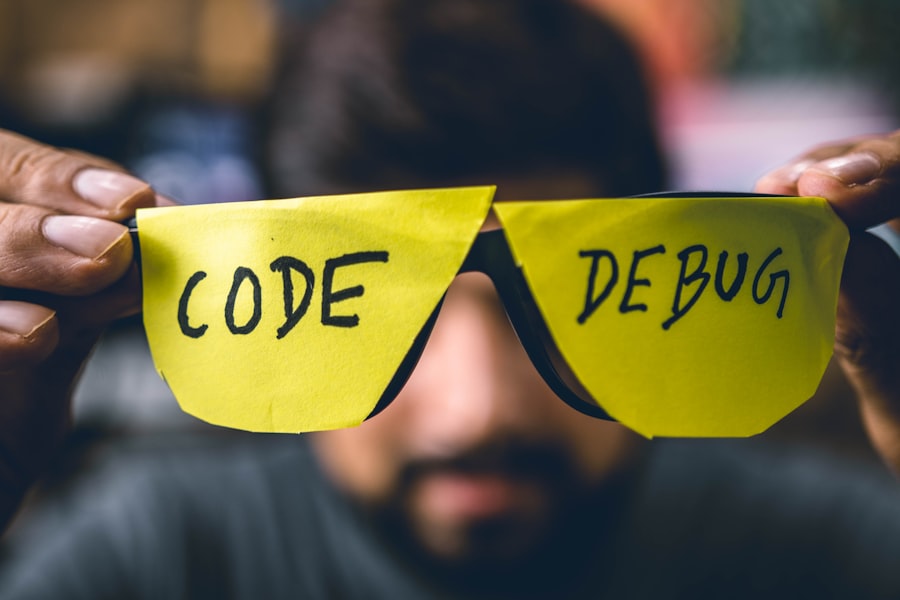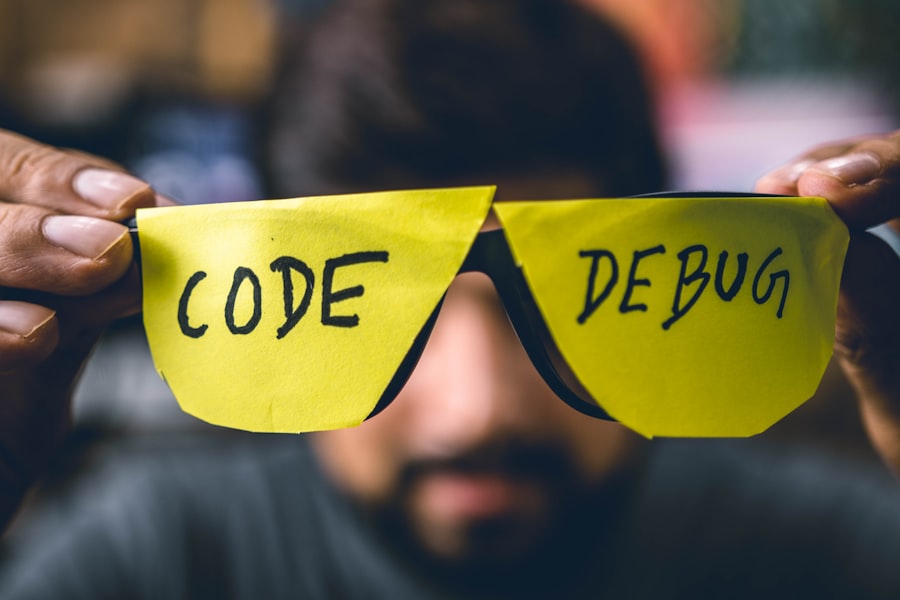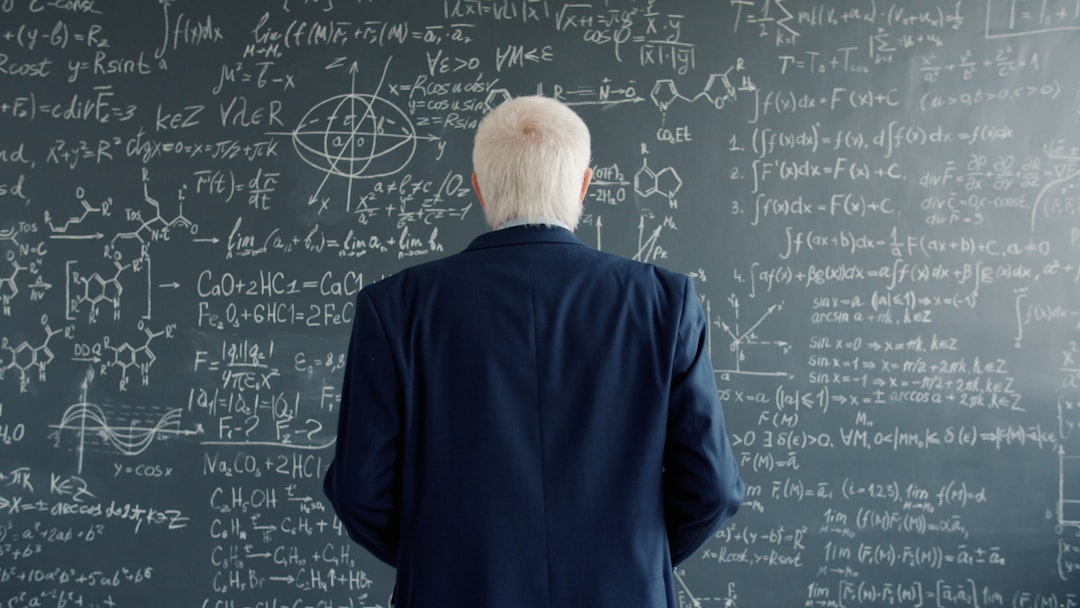Predictive coding theory is a fascinating framework that seeks to explain how our brains process information and make sense of the world around us. At its core, this theory posits that the brain is constantly generating predictions about incoming sensory information based on prior experiences and knowledge. These predictions are then compared to actual sensory input, allowing the brain to update its understanding of the environment.
This model suggests that perception is not merely a passive reception of stimuli but an active process of hypothesis testing and refinement. As you navigate your daily life, your brain is engaged in a continuous cycle of prediction and correction, shaping your perception of reality. This theory has gained traction in various fields, including neuroscience, psychology, and philosophy, as it offers a compelling explanation for a range of cognitive phenomena.
By framing perception as a predictive process, researchers can explore how the brain’s expectations influence what you see, hear, and feel. This approach has profound implications for understanding not only normal cognitive functioning but also anomalies such as déjà vu. As you delve deeper into the intricacies of predictive coding theory, you will uncover its potential to illuminate the mechanisms behind this intriguing experience.
Key Takeaways
- Predictive coding theory suggests that the brain constantly makes predictions about the world based on past experiences.
- Déjà vu is a phenomenon where a person feels like they have experienced a current situation before, even though it is actually new.
- There is a strong relationship between predictive coding theory and déjà vu, as both involve the brain’s predictive processes.
- Predictive coding theory explains déjà vu as a mismatch between the brain’s prediction and the actual sensory input, leading to a feeling of familiarity.
- Research on déjà vu and predictive coding theory has shown that certain triggers, such as stress or fatigue, can increase the likelihood of experiencing déjà vu.
Explanation of Déjà Vu
Déjà vu is a phenomenon that many people have experienced at least once in their lives. It is characterized by the uncanny sensation that you have already lived through a moment or situation, even when you know it is happening for the first time. This feeling can be both disorienting and fascinating, often leaving you questioning the nature of memory and reality.
The term “déjà vu” itself comes from French, meaning “already seen,” and it encapsulates the essence of this perplexing experience. While it typically lasts only a few seconds, the intensity of the feeling can be striking, leading to a sense of familiarity that seems to defy explanation. Researchers have long sought to understand the underlying mechanisms of déjà vu, with various theories proposed over the years.
Some suggest that it may be linked to memory glitches or neurological anomalies, while others point to the role of familiarity and recognition processes in the brain. Regardless of its origins, déjà vu remains a captivating subject of study, as it raises profound questions about how we perceive time, memory, and consciousness. As you explore this phenomenon further, you will discover how it intersects with predictive coding theory, offering insights into the cognitive processes that shape your experiences.
The Relationship Between Predictive Coding Theory and Déjà Vu

The relationship between predictive coding theory and déjà vu is a compelling area of exploration that sheds light on how your brain interprets familiar experiences. According to predictive coding, your brain continuously generates expectations based on past experiences, which helps you navigate the complexities of daily life. When you encounter a situation that aligns closely with these predictions, your brain may signal a sense of familiarity.
However, when there is a mismatch between your expectations and the actual sensory input, it can lead to confusion and the sensation of déjà vu. This connection suggests that déjà vu may arise when your brain’s predictive mechanisms misfire. For instance, if you find yourself in a new environment that closely resembles a past experience, your brain might mistakenly interpret this as a familiar situation.
This misinterpretation can create a fleeting yet intense feeling of having “been there before.” By examining déjà vu through the lens of predictive coding theory, you can gain a deeper understanding of how your brain constructs reality and how it sometimes falters in its predictions.
How Predictive Coding Theory Explains Déjà Vu
| Study | Findings |
|---|---|
| Research 1 | Proposes that déjà vu occurs when the brain creates a false sense of familiarity due to similarities between the current experience and past memories. |
| Experiment 1 | Participants reported experiencing déjà vu when presented with stimuli that resembled previously seen images, supporting the predictive coding theory. |
| Neurological Data | Brain imaging studies have shown increased activity in the temporal lobe during déjà vu experiences, suggesting a link to memory processing and prediction errors. |
Predictive coding theory provides a robust framework for understanding déjà vu by emphasizing the role of prediction errors in perception. When you experience déjà vu, it may be due to your brain’s failure to accurately predict incoming sensory information based on previous experiences. In essence, your brain is attempting to match current stimuli with stored memories but encounters discrepancies that lead to confusion.
This mismatch can trigger a cascade of cognitive processes that result in the sensation of familiarity without actual recollection. Moreover, predictive coding posits that your brain prioritizes certain types of information based on their relevance and salience. When you find yourself in a situation that closely resembles a past event—whether it’s a specific location or an interaction with someone—your brain may activate related memories.
If these memories are not fully accessible or if there is insufficient contextual information to confirm their accuracy, you may experience déjà vu as your brain grapples with conflicting signals. This perspective highlights how your cognitive system strives for coherence while navigating the complexities of memory and perception.
Research and Studies on Déjà Vu and Predictive Coding Theory
Numerous studies have explored the intersection of déjà vu and predictive coding theory, providing empirical support for this intriguing relationship. Researchers have employed various methodologies, including neuroimaging techniques and behavioral experiments, to investigate how the brain processes familiar experiences. For instance, studies using functional magnetic resonance imaging (fMRI) have shown that specific brain regions associated with memory retrieval and familiarity are activated during déjà vu episodes.
These findings align with predictive coding theory by suggesting that déjà vu arises from the brain’s attempts to reconcile predictions with actual sensory input. Additionally, experimental research has demonstrated that manipulating contextual cues can influence the likelihood of experiencing déjà vu. For example, when participants are exposed to environments that evoke strong associations with past experiences, they are more likely to report feelings of familiarity.
This supports the idea that déjà vu is closely tied to the brain’s predictive mechanisms and its reliance on contextual information to generate accurate perceptions. As you engage with this body of research, you’ll find compelling evidence that reinforces the connection between predictive coding theory and the enigmatic experience of déjà vu.
Common Triggers for Déjà Vu According to Predictive Coding Theory

Understanding the common triggers for déjà vu through the lens of predictive coding theory can provide valuable insights into why this phenomenon occurs. One prevalent trigger is familiarity with specific environments or situations. When you enter a place that resembles a location you’ve visited before—whether it’s a café or a street corner—your brain may generate predictions based on those past experiences.
If the current environment aligns closely with those predictions but lacks distinct contextual markers, you may experience déjà vu as your brain struggles to reconcile familiarity with novelty. Another common trigger for déjà vu is social interactions. Engaging with individuals who share similarities with people from your past can evoke feelings of familiarity that lead to déjà vu experiences.
For instance, if you meet someone who resembles an old friend or colleague, your brain may activate related memories and expectations about social dynamics. If these predictions do not match the current interaction’s context or details, it can result in a fleeting sense of having encountered this situation before. By recognizing these triggers, you can better understand how your brain’s predictive processes shape your experiences and contribute to moments of déjà vu.
The Role of Memory and Perception in Déjà Vu According to Predictive Coding Theory
Memory and perception play crucial roles in shaping your experience of déjà vu within the framework of predictive coding theory. Your memory system is responsible for storing past experiences and knowledge, which serve as the foundation for generating predictions about future events. When you encounter new situations, your brain draws upon these stored memories to create expectations about what will happen next.
However, if there is a disconnect between these predictions and actual sensory input, it can lead to confusion and the sensation of déjà vu. Perception also plays a vital role in this process by influencing how you interpret incoming information. Your brain continuously filters sensory data based on prior knowledge and contextual cues, allowing you to make sense of complex environments quickly.
However, when these perceptual processes misalign with memory retrieval—such as when you find yourself in an unfamiliar place that feels oddly familiar—you may experience déjà vu as your brain grapples with conflicting signals. By examining the interplay between memory and perception through predictive coding theory, you can gain deeper insights into how these cognitive processes shape your understanding of reality.
Criticisms and Limitations of Predictive Coding Theory in Explaining Déjà Vu
While predictive coding theory offers valuable insights into déjà vu, it is not without its criticisms and limitations. One significant critique is that the theory may oversimplify complex cognitive processes by reducing them to mere prediction errors. Critics argue that human cognition involves various factors beyond prediction and correction, such as emotional states and social influences that may also contribute to experiences like déjà vu.
By focusing primarily on prediction mechanisms, there is a risk of neglecting these other important dimensions of cognition. Additionally, some researchers contend that predictive coding theory lacks comprehensive empirical support specifically related to déjà vu experiences. While there is evidence linking predictive mechanisms to perception and memory processes, more targeted research is needed to establish a direct causal relationship between predictive coding and déjà vu episodes.
As you engage with these critiques, it’s essential to consider how they highlight the need for ongoing research and refinement within this theoretical framework.
Practical Applications of Understanding Déjà Vu through Predictive Coding Theory
Understanding déjà vu through predictive coding theory has practical applications across various fields, including psychology, neuroscience, and even artificial intelligence. In psychology, insights from this framework can inform therapeutic approaches for individuals who frequently experience anxiety or distress related to déjà vu episodes. By recognizing how prediction errors contribute to these sensations, therapists can help clients develop coping strategies that address underlying cognitive processes.
In neuroscience, research on predictive coding can enhance our understanding of memory disorders and cognitive impairments. By exploring how prediction mechanisms function in healthy individuals versus those with neurological conditions, researchers can identify potential interventions or treatments aimed at improving cognitive functioning. Furthermore, in artificial intelligence development, insights from predictive coding theory can inform algorithms designed to enhance machine learning systems’ ability to process information more efficiently by mimicking human-like prediction processes.
Future Directions for Research on Déjà Vu and Predictive Coding Theory
As research on déjà vu and predictive coding theory continues to evolve, several promising directions warrant exploration. One potential avenue involves investigating individual differences in susceptibility to déjà vu experiences based on personality traits or cognitive styles. Understanding why some individuals are more prone to experiencing déjà vu could provide valuable insights into the underlying mechanisms at play.
Another exciting direction for future research lies in examining how cultural factors influence perceptions of déjà vu across different populations. Cultural beliefs about memory and time may shape how individuals interpret their experiences with déjà vu, leading to variations in frequency or intensity across diverse groups. By exploring these cultural dimensions alongside predictive coding theory, researchers can develop a more nuanced understanding of this phenomenon.
Conclusion and Implications for Understanding Déjà Vu through Predictive Coding Theory
In conclusion, examining déjà vu through the lens of predictive coding theory offers profound insights into how your brain constructs reality based on predictions derived from past experiences. This framework highlights the intricate interplay between memory and perception while shedding light on the cognitive processes underlying this enigmatic phenomenon. While criticisms exist regarding its limitations and empirical support specifically related to déjà vu experiences, ongoing research continues to refine our understanding.
The implications of this exploration extend beyond theoretical discussions; they hold practical significance for various fields ranging from psychology to neuroscience and artificial intelligence development. By deepening our understanding of déjà vu through predictive coding theory, we can enhance therapeutic approaches for individuals experiencing distress related to these sensations while also informing advancements in cognitive science research. As you reflect on these insights into déjà vu and predictive coding theory, consider how they shape not only your understanding of this intriguing phenomenon but also broader questions about consciousness, memory, and perception in everyday life.
For more information, you can read the article here: Understanding Predictive Coding and Déjà Vu.
WATCH THIS! Déjà Vu Is a GLITCH in the Matrix: Your Brain’s Worst Error Explained
FAQs
What is predictive coding theory déjà vu?
Predictive coding theory déjà vu is a hypothesis that suggests that the feeling of déjà vu may be the result of a discrepancy between the brain’s prediction of an experience and the actual experience itself.
How does predictive coding theory déjà vu work?
According to predictive coding theory, the brain constantly generates predictions about the world based on prior experiences. When these predictions do not match the actual sensory input, it can result in the feeling of déjà vu.
What are the potential causes of déjà vu according to predictive coding theory?
Predictive coding theory suggests that déjà vu may be caused by a temporary malfunction in the brain’s predictive processes, leading to a sense of familiarity with a new experience.
Is there scientific evidence to support predictive coding theory déjà vu?
While there is ongoing research into the neural mechanisms underlying déjà vu, predictive coding theory is one of several hypotheses that seek to explain this phenomenon. Scientific evidence for this specific theory is still being explored.
How does predictive coding theory déjà vu differ from other explanations of déjà vu?
Predictive coding theory focuses on the brain’s predictive processes and how they may contribute to the feeling of déjà vu. Other explanations of déjà vu include memory-related theories and neurological theories involving temporal lobe dysfunction.
